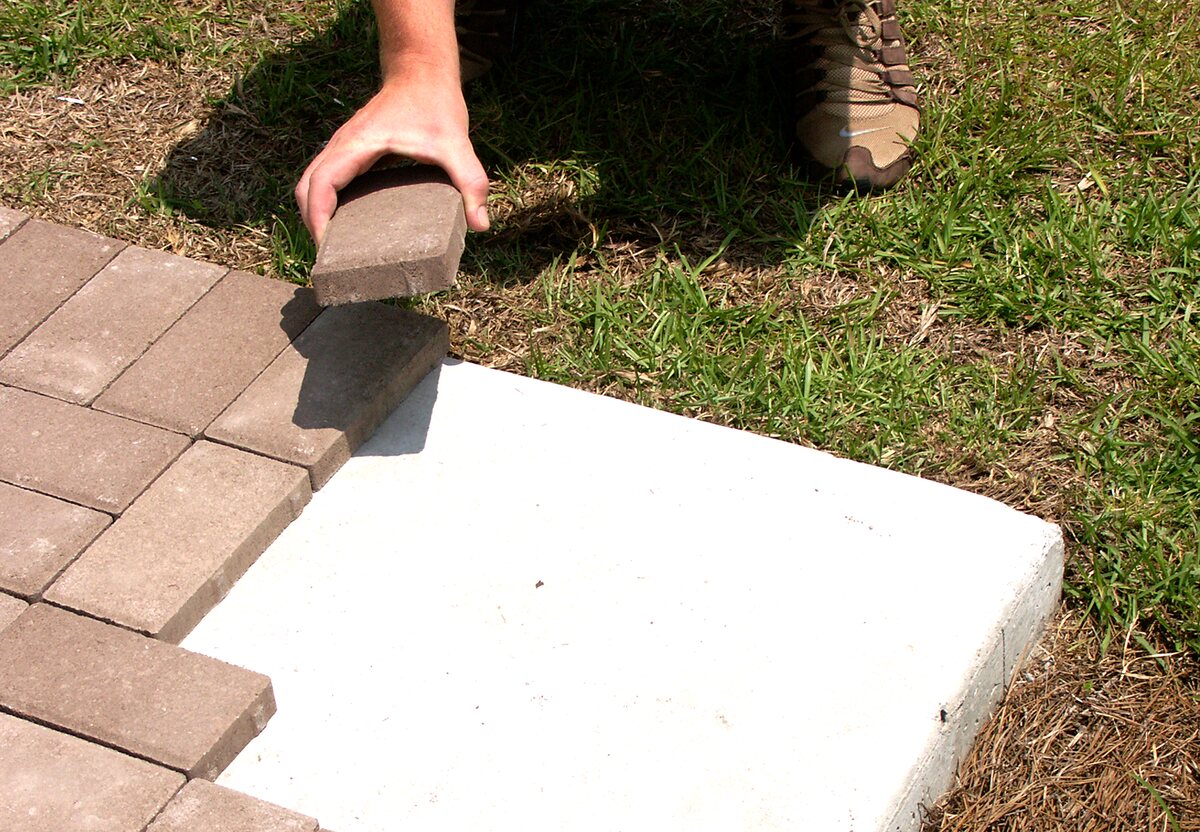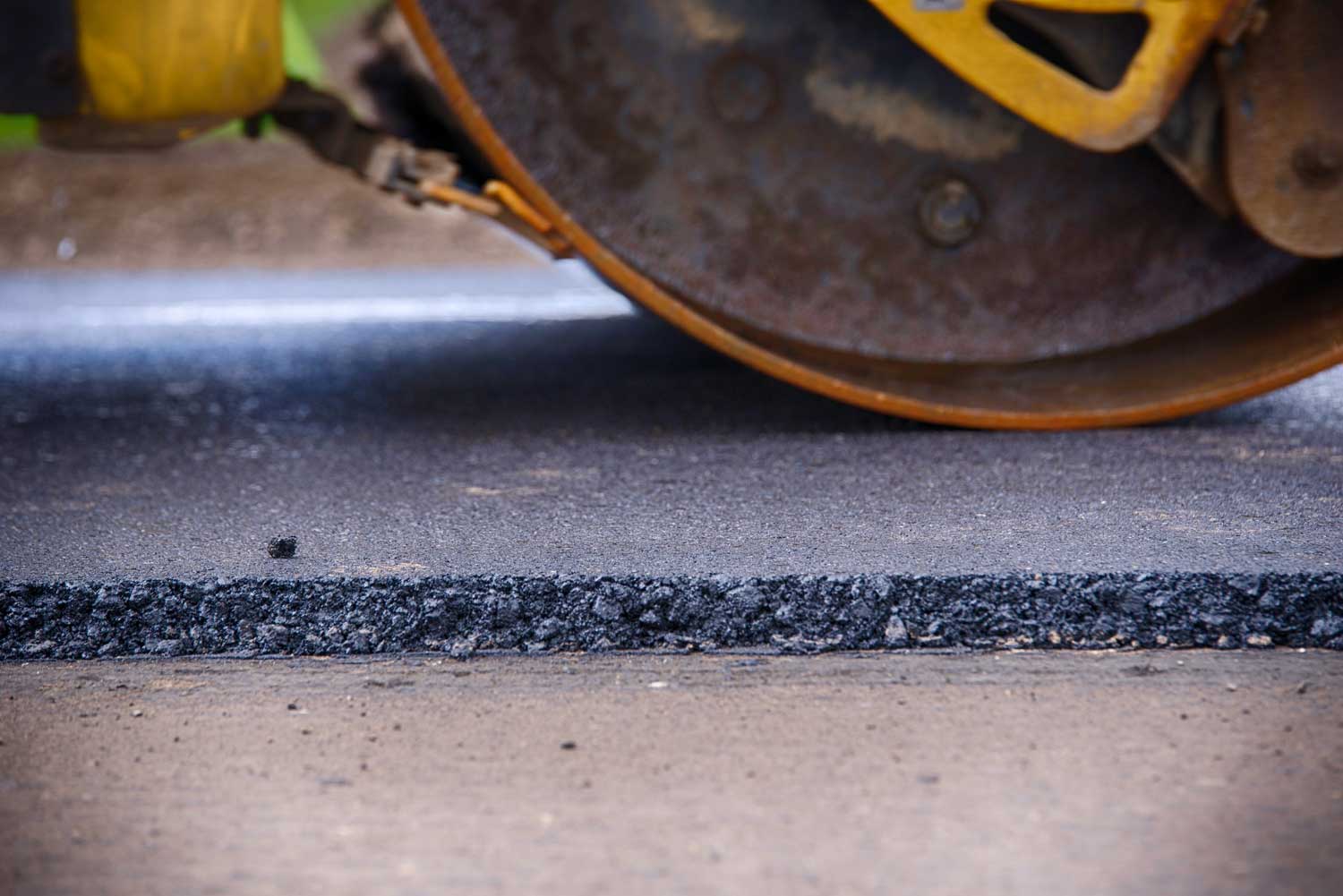

Articles
How Much Weight Can My Balcony Hold
Modified: December 7, 2023
Learn about the weight capacity of your balcony in this informative article. Discover how much weight it can safely hold and ensure your safety.
(Many of the links in this article redirect to a specific reviewed product. Your purchase of these products through affiliate links helps to generate commission for Storables.com, at no extra cost. Learn more)
Introduction
When it comes to enjoying the outdoors from the privacy of your own home, a balcony is a wonderful addition. Whether you use it as a peaceful spot to relax, a place to enjoy a cup of coffee in the morning, or even a small garden space, balconies can provide a beautiful and functional extension of your living space.
However, one crucial factor that you must consider when using your balcony is its weight capacity. Understanding the weight limit of your balcony is essential to ensure the safety of not only yourself but also any furniture, plants, or other items you plan to place on it.
In this article, we will delve into the concept of balcony load capacity, exploring the factors that influence it, methods of evaluation, and guidelines for maximum weight limits. By the end, you will have a comprehensive understanding of how much weight your balcony can safely hold.
Key Takeaways:
- Ensure your balcony’s safety by understanding its weight capacity. Factors like materials, design, and local regulations influence the maximum weight limit. Consult a professional for accurate assessment and peace of mind.
- Enhance your balcony’s load capacity with reinforcement, material upgrades, and proper maintenance. Prioritize safety, distribute weight evenly, and consult a structural engineer for expert guidance.
Read more: How Much Weight Can Attic Hold
Understanding Balcony Load Capacity
Balcony load capacity refers to the maximum amount of weight that a balcony structure can support without compromising its integrity. It is essential to understand this capacity to prevent overloading the balcony and potentially causing structural damage or collapse.
The load capacity of a balcony is determined by various factors, including the materials used in its construction, the design and engineering of the structure, and the support system in place. The weight limit may also vary depending on local building codes and regulations.
When assessing balcony load capacity, it is important to consider both the dead load and live load. The dead load refers to the weight of the balcony itself, including the materials used for construction, such as concrete, steel, or wooden beams.
The live load, on the other hand, refers to the weight of people, furniture, plants, and any other dynamic loads that the balcony may experience. This includes the weight of the individuals using the balcony and any additional items that are placed on it, such as tables, chairs, or potted plants.
By understanding the concept of balcony load capacity, you can make informed decisions about what you can safely place on your balcony without exceeding its weight limit. This will help ensure the longevity and safety of your balcony structure.
Factors Influencing Balcony Weight Limit
The weight limit of a balcony is influenced by several key factors that need to be taken into consideration. Understanding these factors is crucial in determining the maximum weight your balcony can safely hold:
- Materials: The type of materials used in constructing the balcony plays a significant role in its weight-bearing capacity. Balconies constructed with sturdy materials like reinforced concrete or steel tend to have higher weight limits compared to those made from wood or lightweight materials.
- Design and Engineering: The design and engineering of the balcony structure also impact its load capacity. Factors such as the number and placement of supporting columns or beams, as well as the overall design configuration, can affect the weight limit. Well-designed balconies with proper structural support can handle heavier loads.
- Support System: The support system, including the attachment points and connections between the balcony and the building, plays a crucial role in determining the weight limit. The quality and strength of these support systems impact the overall stability and load-bearing capacity of the balcony.
- Location and Exposure: The location of the balcony and the climate it is exposed to can also influence the weight limit. Balconies in areas prone to severe weather conditions, such as high winds or heavy snowfall, may have lower weight limits to withstand these external forces.
- Local Building Codes: It is important to adhere to local building codes and regulations when determining the weight limit of your balcony. Building codes vary by region and provide guidelines to ensure the structural integrity and safety of balconies. These codes may specify minimum design standards and weight-bearing requirements.
Considering these factors will help you understand the limitations of your balcony and make informed decisions when it comes to placing items or furniture on it. It is always recommended to consult with a structural engineer or building professional to assess your specific balcony’s weight limit to ensure safety and peace of mind.
Structural Evaluation and Load Testing
To accurately determine the weight capacity of your balcony, a thorough structural evaluation and load testing should be conducted. This process helps assess the balcony’s strength and ensures it can safely support the intended loads.
A structural evaluation involves examining the balcony’s construction, materials, design, and support system. An experienced structural engineer can assess the balcony’s integrity, identify any potential weaknesses or deficiencies, and provide recommendations for improvements or modifications if necessary.
Load testing is another important aspect of determining the balcony’s weight limit. This involves applying incremental weights to the balcony to simulate the expected loads and monitoring its response. Load testing is typically done using specialized equipment that can accurately measure the amount of weight being applied and monitor any changes in the balcony’s structure.
During load testing, different load scenarios should be considered, including static loads (such as making sure the structure can support the weight of furniture and people) and dynamic loads (such as simulating the impact of sudden movements or heavy items being dropped).
Load testing should be performed by qualified professionals who have expertise in structural engineering and load analysis. They will ensure that the testing is conducted safely and accurately, providing you with reliable information regarding the weight capacity of your balcony.
It’s important to note that load testing should only be carried out by professionals to avoid any potential risks or damage to the balcony or the building it is attached to. Attempting to conduct load testing without proper knowledge and equipment can be dangerous and may result in structural failure.
By conducting a thorough structural evaluation and performing load testing, you can gain a precise understanding of your balcony’s weight capacity. This information will help you make informed decisions about how to use your balcony safely and ensure its long-term durability.
Before adding any weight to your balcony, check the building codes and consult with a structural engineer to ensure it can safely support the load. Be mindful of the weight limits to prevent any accidents.
Maximum Weight Guidelines for Common Balcony Materials
While the weight limits of balconies can vary based on factors like design, materials, and structural support, there are general guidelines for the maximum weight that can be safely placed on common balcony materials. These guidelines can help you make informed decisions about the type and amount of items you can place on your balcony:
- Reinforced Concrete: Balconies constructed with reinforced concrete are known for their durability and high weight-bearing capacity. They can typically support heavier loads ranging from 100 to 150 pounds per square foot (psf), depending on the specific design and engineering.
- Steel: Steel balconies are capable of handling substantial weight due to their strength and rigidity. They can generally support loads of around 75 to 100 psf.
- Wood: Balconies made of wood typically have lower weight limits compared to concrete or steel. The weight capacity can vary depending on the type and quality of the wood used. As a general guideline, wood balconies can usually handle loads ranging from 50 to 75 psf.
- Composite Materials: Composite materials, such as fiber-reinforced plastic (FRP) or aluminum, often fall somewhere between the weight capacity of wood and steel. These balconies typically support loads ranging from 60 to 80 psf.
- Glass: Glass balconies add an elegant touch to modern architecture but have lower weight limits compared to other materials. Depending on the design and support system, they can generally handle loads ranging from 40 to 60 psf.
It’s important to note that these weight guidelines are approximate and should be used as a general reference. The specific weight capacity of your balcony may vary based on various factors, such as the balcony’s design, condition, and installation method. It is always recommended to consult a structural engineer or building professional to determine the precise weight limit of your balcony.
Moreover, it’s crucial to distribute the weight evenly across the balcony surface and avoid concentrated loads in a small area. Placing heavy items near the walls or using supports, such as furniture sliders or rubber pads, can help distribute weight and minimize stress on the balcony structure.
By adhering to the maximum weight guidelines and distributing the load appropriately, you can ensure the safety and longevity of your balcony.
Read more: How Much Weight Can A Ladder Hold
Balcony Load Capacity Calculation Methods
Calculating the load capacity of a balcony requires taking into account various factors, including the materials used, the balcony’s dimensions, and the design configuration. While it is recommended to consult with a structural engineer for an accurate assessment, here are some common methods used to estimate balcony load capacity:
- Uniform Load Method: This method assumes that the weight is evenly distributed across the entire balcony surface. The load capacity is calculated by multiplying the balcony’s area by the maximum allowable weight per square foot determined by building codes or engineering standards.
- Concentrated Load Method: In this method, the weight capacity is calculated based on concentrated loads at specific points on the balcony. The engineer determines the allowable load at various critical locations, such as the center, corners, or connections, and ensures the sum of these loads complies with safety standards.
- Finite Element Analysis (FEA): FEA is a more advanced and complex method used to analyze the behavior of complex structures, such as balconies. It involves dividing the balcony into smaller elements and performing mathematical calculations to evaluate stress and strain distribution. FEA provides a detailed analysis but requires specialized software and expertise.
- Structural Load Test: Load testing involves applying incremental weights to the balcony to simulate actual usage and measure its response. This method provides real-time data on the balcony’s load capacity but should only be conducted by qualified professionals following safety protocols.
It is important to note that these calculation methods provide estimates and that the actual load capacity may vary based on the specific condition and design of your balcony. Factors such as corrosion, aging, and insufficient maintenance can affect the load capacity over time.
To ensure accurate calculations and a thorough assessment of your balcony’s load capacity, it is highly recommended to consult with a structural engineer or building professional. They have the expertise and knowledge to consider the unique characteristics of your balcony and provide precise load capacity calculations and recommendations for its safe usage.
Enhancing Balcony Load Capacity
There are several strategies you can employ to enhance the load capacity of your balcony, ensuring its ability to support heavier loads and prolonging its durability:
- Reinforcement: If your balcony is constructed from materials with lower load capacity, such as wood or composite materials, reinforcing the structure can significantly increase its weight-bearing capacity. This may involve adding additional support beams, reinforcing the connections, or strengthening the existing framework.
- Upgrading Materials: Consider upgrading your balcony materials to those with higher load capacities, such as replacing a wooden balcony with a steel or concrete structure. This can provide a more robust and durable balcony that can withstand heavier loads.
- Regular Maintenance: Proper and regular maintenance of your balcony is crucial in maintaining its load capacity. This includes inspecting for any signs of damage, such as cracks or deterioration, and promptly addressing any issues. Regular cleaning and sealing can also help prevent corrosion or degradation of the balcony materials.
- Proper Weight Distribution: Avoid placing heavy items or concentrated loads in one area of the balcony. Distribute the weight as evenly as possible across the surface to minimize stress on specific points and ensure the load is within the capacity of the structure.
- Follow Safety Guidelines: Adhere to local building codes and regulations when it comes to the maximum weight limits for balconies. These guidelines are set to ensure safety, and exceeding them can compromise the integrity of the structure. Consult with a structural engineer to determine the specific weight limits for your balcony and adhere to their recommendations.
- Professional Assessment: If you are unsure about the load capacity of your balcony or planning to place heavy objects on it, it is always recommended to consult with a structural engineer. They can conduct a thorough assessment, perform load testing if necessary, and provide expert guidance on how to enhance the load capacity or make any necessary modifications.
By implementing these strategies, you can enhance the load capacity of your balcony and ensure its ability to withstand heavier loads. However, it is essential to prioritize safety and seek professional guidance to ensure that any modifications or enhancements are done correctly and in compliance with building regulations.
Conclusion
Understanding the weight capacity of your balcony is crucial for maintaining its safety and longevity. By considering factors such as materials, design, and structural support, you can determine the maximum weight your balcony can safely hold. It is important to note that weight limits can vary based on local building codes and regulations, as well as the specific characteristics of your balcony.
To accurately assess your balcony’s load capacity, a structural evaluation and load testing should be conducted by a qualified professional. These processes provide valuable insights into the balcony’s strength and its ability to support the desired loads.
By following maximum weight guidelines for common balcony materials, you can make informed decisions about what objects and furniture you can place on your balcony. Distributing weight evenly and avoiding concentrated loads can help prevent stress on specific points and maintain the structural integrity of the balcony.
Should you wish to enhance your balcony’s load capacity, options such as reinforcement, material upgrades, regular maintenance, and proper weight distribution can be considered. Consulting with a structural engineer will ensure that any modifications or enhancements are done correctly, maximizing the load capacity while ensuring safety and compliance with building regulations.
Ultimately, prioritizing the safety of your balcony and adhering to weight limits is essential. By understanding the factors that influence load capacity and taking the necessary precautions, you can enjoy your balcony space with peace of mind, knowing that it is strong and capable of supporting the desired weight.
Frequently Asked Questions about How Much Weight Can My Balcony Hold
Was this page helpful?
At Storables.com, we guarantee accurate and reliable information. Our content, validated by Expert Board Contributors, is crafted following stringent Editorial Policies. We're committed to providing you with well-researched, expert-backed insights for all your informational needs.















0 thoughts on “How Much Weight Can My Balcony Hold”